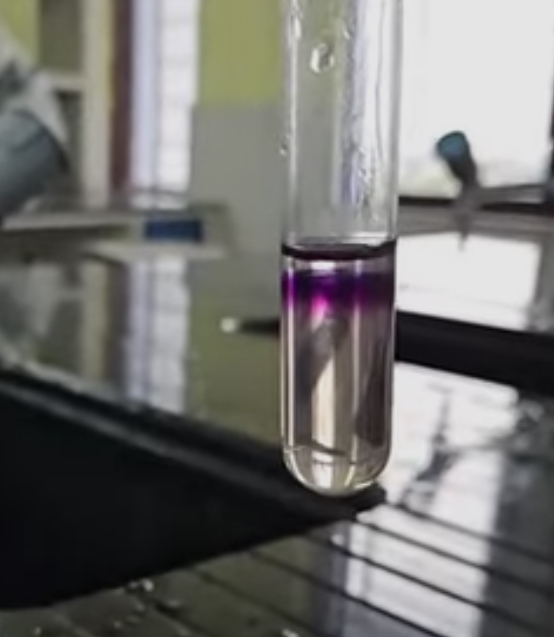It is a qualitative test used to detect ketone bodies (mainly acetoacetate and acetone) in urine. It is commonly used in clinical practice to assess conditions like diabetic ketoacidosis or starvation.
Principle:
When urine containing ketone bodies is treated with ammonium sulfate and sodium nitroprusside in an alkaline medium, a purple or lavender-colored ring forms, indicating the presence of ketone bodies.
NOTE: Beta-hydroxybutyrate is not detected because it lacks a keto group.
Reagents:
1. Saturated solution of ammonium sulfate
2. Sodium nitroprusside solution
3. Concentrated ammonia solution
Procedure:
1. Take about 5 mL of urine in a test tube.
2. Add a pinch of solid ammonium sulfate to saturate the solution.
3. Add a few drops of sodium nitroprusside solution.
4. Carefully layer concentrated ammonia along the sides of the test tube.
Observation:
A purple or violet ring at the junction of the urine and ammonia layers indicates the presence of ketone bodies.

Clinical Importance:
Positive Rothera’s Test: Seen in conditions like diabetic ketoacidosis, starvation, prolonged vomiting, or a low-carbohydrate diet.
Negative Rothera’s Test: Indicates the absence of significant ketone bodies in the urine.
